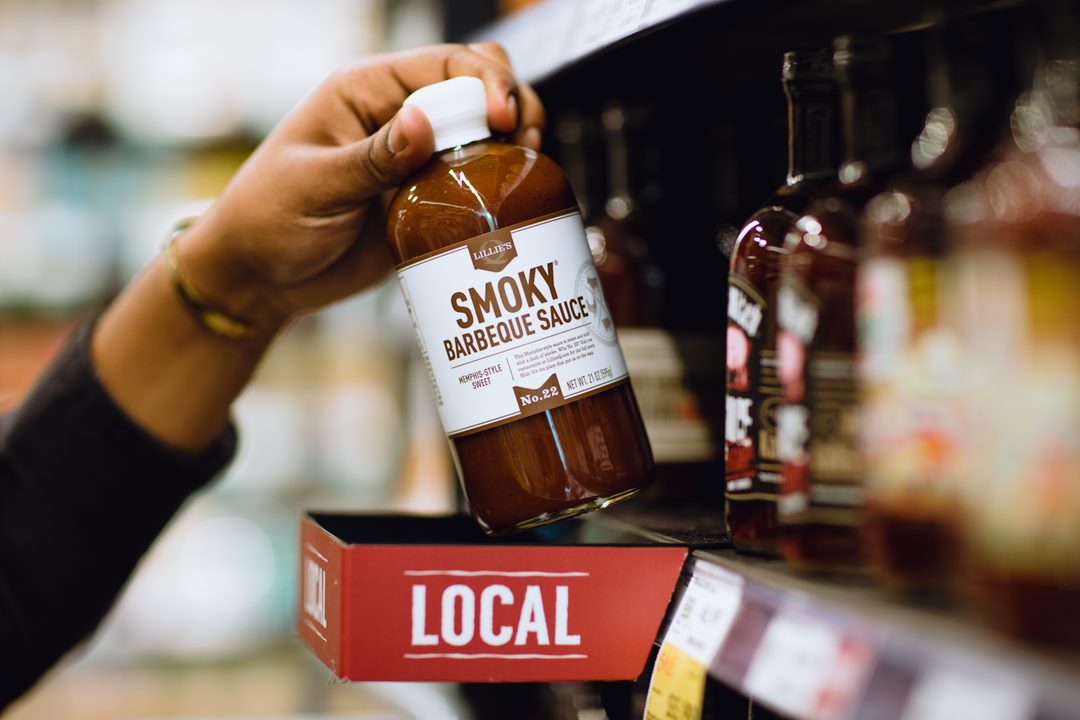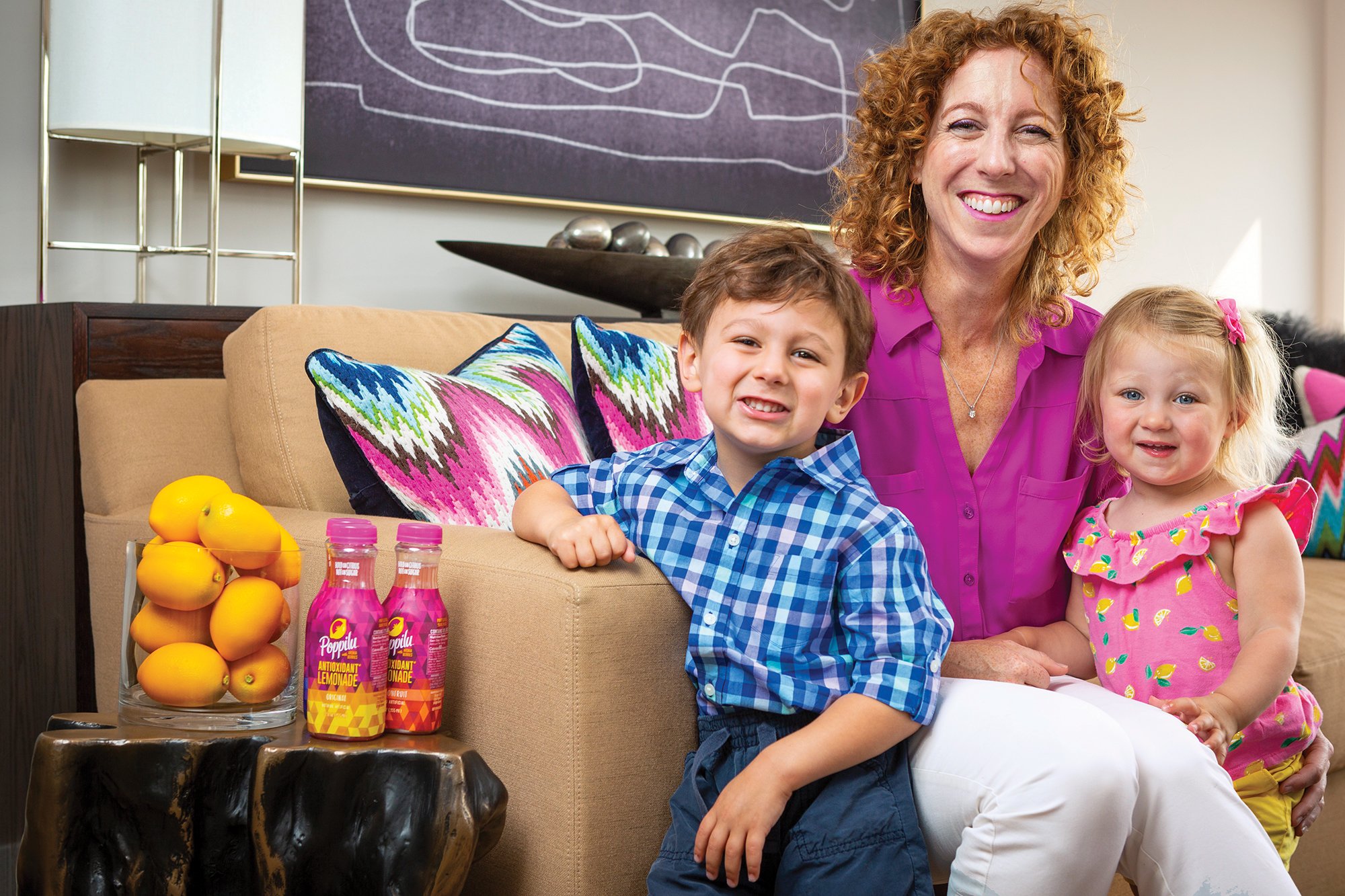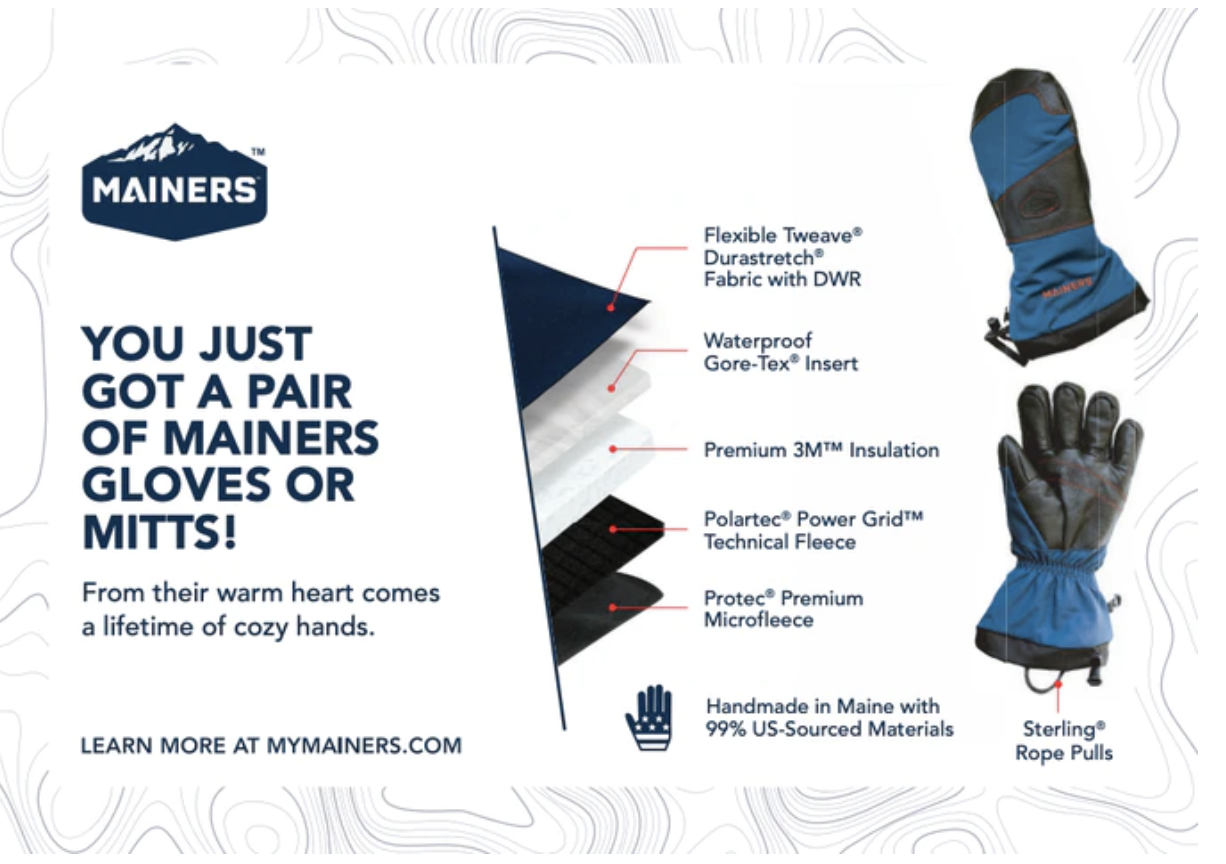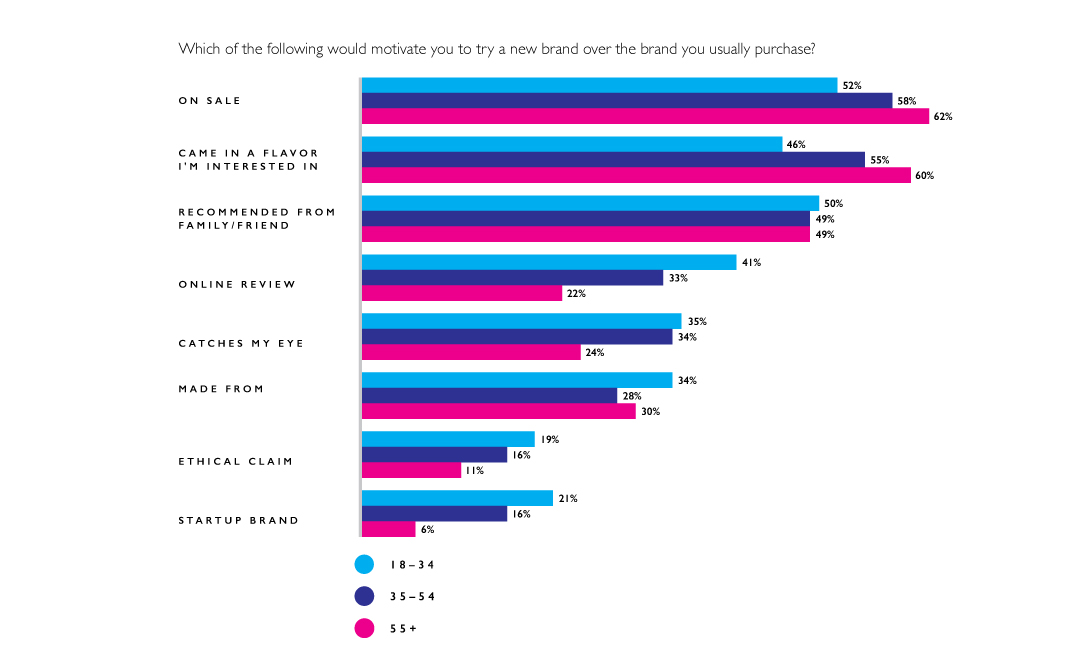Thought Leadership
Bootstrap Your Sneakers

Gary Chiappetta
CEO & Partner
May 20, 2021
Next time you are in a store, lift your gaze from your grocery list and take a closer look at the sheer number of CPG products in the aisles and endcaps. It’s a sea of items in multiple categories all vying for your attention and a share of your wallet. Additionally, your own kitchen cabinets and pantry might reveal that you shop at multiple retailers as well as online, doubling or tripling the number of products that crossed your field of view. When I go to industry trade shows such as Fancy Foods or Expo West, I discover yet another array of CPG products that will hit shelves from start-ups and established brands alike.
According to research from Nielsen BASES, over 30,000 CPG products are launched each year, including line extensions. With the growing breadth of variety, is there room for all these products to compete at shelf and in consumers’ minds? Can they all be successful? While consumers will never abandon their beloved brands, there is always room for small batch, “hand-crafted” niche products that consumers love to discover and share. In fact, 50% of Millennials and 55% of Gen X consumers are looking to try new products (Stein 2020). In the examples that follow, I’ll outline the journeys of three different brands and the invaluable lessons the entrepreneurs shared from their personal stories.
When entrepreneur Brian Golinvaux partnered with chef Charlie McKenna to open a Southern BBQ restaurant in Chicago in 2010, they never imagined they would be building a CPG brand four years later. “Every great startup has a garage in its story,” Golinvaux wrote to me when describing the origins of Lillie’s Q. Born and raised in Greenville, South Carolina, McKenna grew up on his grandmother Lillie’s BBQ sauces before trying his hand at recreating them. He spent months in his garage “making batch after batch of sauce, perfecting the recipes for his own use on the competition BBQ trail.” When customers on the BBQ trail and the restaurant began raving about the great taste of McKenna’s sauces, he and Golinvaux saw an opportunity to extend into retail and began bottling the sauces in the restaurant kitchen. This proved to be a smart move as the pair were able to learn from their customers and test recipes in a competitive environment outside of retail. They also invested in trade shows and continued on the BBQ trail to test and refine Lillie’s Q sauces in niche and regional markets before taking the brand mainstream. Golinvaux states, “The key was getting in front of the right people, finding the right stores, and making the connection with our consumers. We pounded the pavement to tell our story.” When it was time to launch the fine-tuned brand in retail, Lillie’s Q worked with Kaleidoscope to develop a packaging architecture that showcased the brand’s unique heritage while differentiating it from the “900 BBQ sauces on the market.” What strikes me about their success story is that Golinvaux and McKenna knew they had a viable product with key differentiators from the very beginning, and yet they still took the time to continually refine the recipes while building a loyal consumer base through in-person events.
However, not all brands need to take Lillie’s Q approach, nor do they need a garage phase, because entrepreneurial inspiration can come from anywhere. “I had an insatiable citrus craving,” Melanie Kahn, a seasoned CPG marketer and brand manager, told me when she recounted her second pregnancy. “Nothing had a really strong hit of citrus and everything was super sugary sweet, so I set out to create a better-for-you lemonade in a category known as being a guilty pleasure.” Kahn was fueled by her pregnancy craving and discovered a Midwest-grown berry called Aronia, a super-fruit high in antioxidants with a dark purple pigment: “I was drawn to being an early pioneer for this age-old berry in commercial use that could give my lemonades a functional element, a distinctly pink color, and support local farming.” Although Aronia was a great ingredient strategy, Kahn found that marketing an unknown berry was becoming a costly challenge. Putting her marketing instincts to use, she solved for this by proving out her concept in research and adjusted her business plan accordingly. More specifically, she included a few rounds of online quantitative research and followed a “Support Local” strategy that allowed her to pick up small independent retailers as well as larger regional chains. In doing so, Kahn was able to move quickly into launching the Poppilu brand in 2019. Regarding her launch, Kahn stated that “an entrepreneur’s excitement and enthusiasm over launching their own business are hard to hold back sometimes—you gotta go for it!” By identifying an unmet consumer need and creating a strategy that leveraged a unique ingredient profile, better-for-you positioning, and local players, Poppilu overcame the challenges to compete in the incredibly crowded beverage category.
While Poppilu engaged with local farmers in the Midwest to develop an entirely new offering, businessman Jim Woldenberg saw an opportunity to support local manufacturing by adopting an existing technology and building the Mainers brand from there. Woldenberg acquired the company Tempshield in February 2018 which produces high-performance cryogenic gloves for science labs while preserving jobs in their local community for over 40 years. As an outdoors enthusiast, Woldenberg recognized that Tempshield’s cryogenic and waterproof technology could also come in handy for everyday consumers in extremely cold temperatures. Woldenberg wrote, “The level of skilled labor at our factory in Maine is a point of difference. It seemed a shame not to develop a product for the consumer market, where there was a dearth of high quality, US-made gloves.” However, it was important to differentiate Tempshield’s scientific focus with the consumer-facing brand. Consequently, Kaleidoscope worked with him to develop the name, positioning and brandmark for Mainers to help make the proprietary technology accessible to a wider consumer segment. In terms of launching the brand, Woldenberg decided against a traditional retail strategy and opted to sell directly to consumers online. To test this idea, Mainers first launched on Kickstarter on November 6, 2020 and sold out in 24 hours! What I like about this story is that Woldenberg matched his personal love for the outdoors to create a value proposition that also helped protect jobs in the US.
I have worked with hundreds of start-up companies over the last 20 years and the underlying theme to success is always the same: start small, choose your partners carefully, and be prepared to adapt quickly. Moreover, brand design plays a critical role in selling to retailers and consumers. More importantly, brand design provides the framework for differentiation and future scalability.
My advice to other entrepreneurs is to get your brand right from the start—it’s a worthwhile investment that increases the value of your business 2–3 times. Getting the brand identity and packaging right is just as important as getting the product right. If you don’t, you will be left in the cold, and in that case, call Jim Woldenberg at Mainers.
“While grocery shoppers in all age groups are highly likely to be motivated to try a new brand on a sale price or an interesting flavor, those aged 18-34 are more likely than older shoppers to say that they would also be motivated by a variety of other factors. In particular, positive online reviews, eye-catching packaging and ethical claims have the potential to motivate younger shoppers, underscoring the role these tactics can play in setting challenger brands apart.”
–Mintel, “Challenger Brands- US” January 2019




